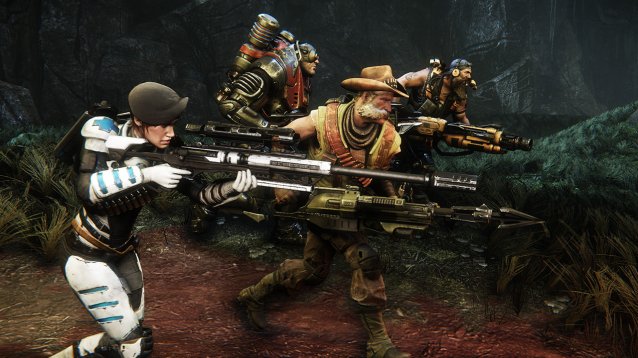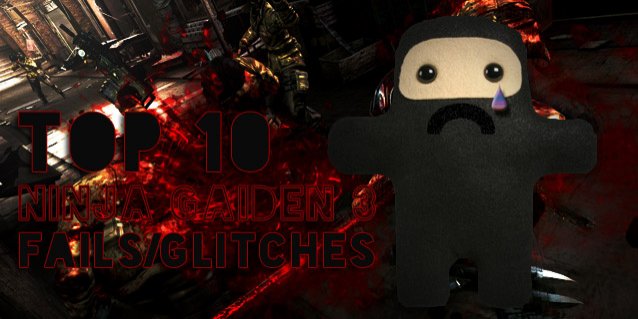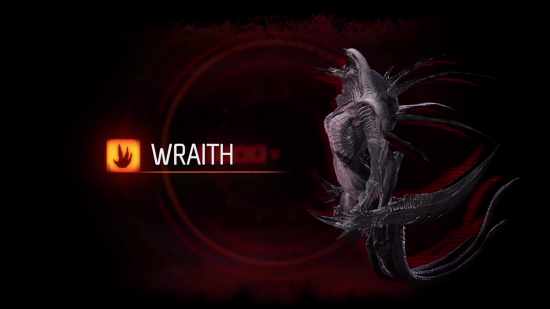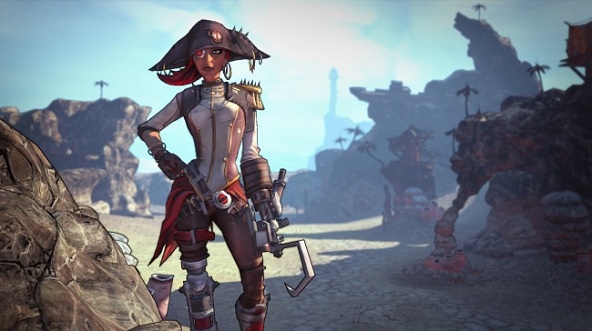

Jump to Content
This map started out as a fanmade map primarily used for competitive play. It was then incorporated by Blizzard into Starcraft II’s ladder map pool and has proven to be popular for 1v1 players. Tal’darim Altar is a fairly balanced map with various features that make for exciting games.
Tal’darim Altar is a large map with lots of strategic options. Its terrain features are not very complicated, but its size is what makes games challenging here. While it favors macro play by default, rushes and timing attacks aren’t unusual at all.
Official Map Description: “There are two easily defendable expansions in front of your main base. There are multiple paths to navigate around the center, so make use of the Watch Towers.”
Tal’Darim Altar is a large and rotationally symmetric four-player map that first debuted in the Global Starcraft II Team League by GOMtv. As one of the first maps to be played in the GSL that was not made in the GSL, its size and amount of expansions made for long macro games that tested the players’ late game capabilities.
After gaining much praise for its balance, size, and features, Blizzard came up with their own version, Tal’Darim Altar LE, and included it in the multiplayer ladder map pool in patch version 1.3. It then replaced the original version in the GSL May season. This improved version has become a staple in the ladder and has been played in numerous tournaments across the world.
At cross positions, the distance is the longest amongst the ladder maps, even longer than that of Desert Oasis. The differences between versions mostly involve the amount of minerals available in the third bases, with the later versions having double that of the original ones. This is to encourage long macro play, contrasting the rushes and timing attacks common in other maps like Xel’Naga Caverns and Metalopolis.
Much of the focus in this map revolves around the rampless choke between the main and the natural, which then leads to a wide ramp. The natural sits on a ledge that is exposed to the outside as the entrance ramp is on the inside. This means that the mineral line is actually quite easy to reach, which can be exploited in a number of ways.
Expansions have more than enough minerals and gas to keep the game going for a relatively long period of time. There is one that’s easily accessible from the natural, but it has destructible rocks blocking middle. The other expansion requires going down the ramp then turning towards the spot, which is obscured by brush. With the proper defenses, each can be held from attackers easily enough.
The center of the map is elevated, which can be accessed by ramps on each of the four corners. In between those ramps are four Xel’Naga watchtowers, which can be controlled to get a clearer view of the surroundings. Controlling two of them at once gives very good coverage of the map, which is advantageous in a lot of games.
The LE version is notable for having a feature that Protoss players can take advantage of. This involves placing a pylon outside the depression behind the third, which gives vision for Stalkers to blink down, then back up the other side into the enemy’s main. Terran players can also use this for Reaper harassment as this depression can be accessed by the said unit with their jetpacks. For some leagues, they use versions where this is not present to encourage macro over rushes.
Terran players would opt for the usual MMM ball to push up, but you may also see drops and harasses early on. How the natural expansion is easily exposed can be taken advantage of with several tactics, including the use of Reapers, a quick pass-by with Hellions, Banshee harassment, or a quick elevator drop with a Medivac and a few Marines. The objective is to not let your opponent build up an economy in the first place, so destroying expansions should be the ticket.
The wide ramp leading to the natural is a big factor in battles for any race, but it especially becomes a key point for Terrans as it can be a hotbed for Siege Tanks. You may also do things like siege them up just below the mineral line and do a scan to gain vision so your tanks can blast the enemy workers into dust. You can then send drops or Banshees at the same time for a multi-pronged harass, which is quite effective in this map.
Protoss players have a wider array of options in this map. The 4-gate rush is very common in this map, especially in PvP. However, a macro game is definitely possible with a good wall-in just before the wide ramp where the path is narrowest. Going for a wall-in as you take an expansion is good in most situations, either against Zerg than Terran. However, if you do see that your opponent has gone for an early expand, then a 15 nexus is quite safe, no matter how unsafe the choke points look like. Once you’ve secured the natural, you can also get easy access to a third by breaking the rocks.
The natural is quite easy to exploit with Blink Stalkers and an air unit like an Observer. Getting Blink early is very common in this map as all you need to do is to get vision of the natural, then blink up to instantly harass the mineral line. Once his armies come in to defend the natural, just blink back down to escape. Do this a few times and you’ll have an economic edge and annoy your opponent, hopefully into making mistakes.
Zerg players will find this map to be very desirable, especially when spawned in cross positions. The large size gives them ample amount of time and security to expand and macro up. They do have to take care of defenses though as timing pushes are good against them in this map, especially with a relatively wide ramp leading to the natural. Beware if your opponent scouts out your expansion early on as you can expect trouble quite early.
In this case, you may want to get a sizeable army first before you go for your third base. You may find games where Zergs take late thirds in this map, but that’s if the opponent doesn’t seem to be interested in playing a long game in the first place.




 All Nine Special Hunter Tools Location in PS4 Bloodborne to get the Hunters Craft Trophy
All Nine Special Hunter Tools Location in PS4 Bloodborne to get the Hunters Craft Trophy SOCOM 4 Review Round-Up: SOCOM 4 is Lacklustre, Found Wanting
SOCOM 4 Review Round-Up: SOCOM 4 is Lacklustre, Found Wanting Forge TV: Razer can replace Smart TVs and consoles - Hands-on test
Forge TV: Razer can replace Smart TVs and consoles - Hands-on test Evolve Guide: How to Play as the Wraith
Evolve Guide: How to Play as the Wraith Borderlands 2: Captain Scarlett Walkthrough
Borderlands 2: Captain Scarlett Walkthrough